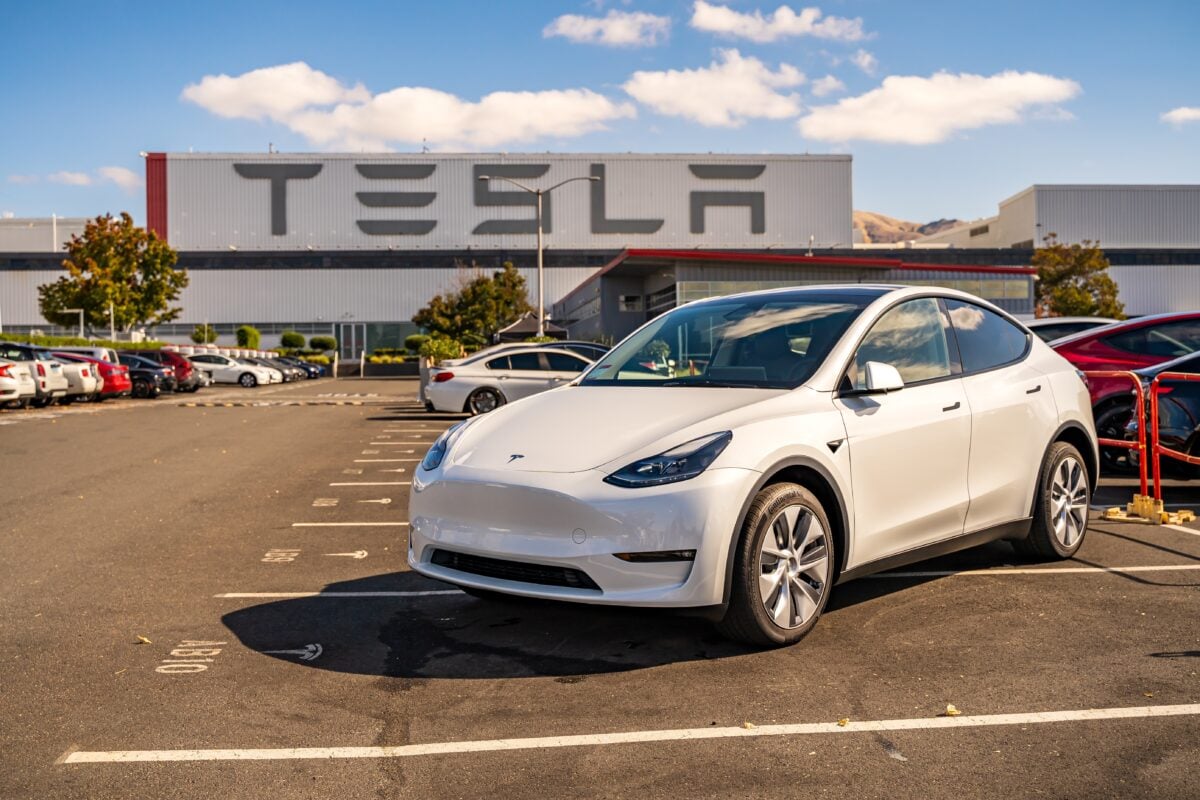TLDRs;
Contents
- Tesla has launched its first experience center in India at Jio World Drive in Mumbai, signaling a strategic move into the country’s growing EV market.
- India’s electric vehicle sector is expanding rapidly, but Tesla faces tough competition from local players like Tata Motors and JSW MG Motor.
- Tesla’s retail-first strategy echoes its global expansion model but may clash with India’s push for domestic EV manufacturing.
- Leadership shakeups and a cautious approach to local production could complicate Tesla’s long-term success in India.
Tesla is officially setting its wheels down in India’s electric vehicle race, opening its first-ever experience center in the country on July 15.
Located at Jio World Drive in Mumbai, the 4,000 square foot space places the American EV giant just steps away from Apple’s flagship store, underscoring its high-end market positioning.
The Mumbai experience center follows the company’s traditional approach of establishing brand visibility and customer engagement before investing in local manufacturing.
Tesla Steps In as Local Competition Intensifies
India’s electric vehicle sector is in the middle of a rapid transformation, with domestic automakers reshaping the competitive landscape. Tata Motors, once holding over 70% of the EV market, has seen its dominance slip to 53%. At the same time, JSW MG Motor has surged to 28%, helped by creative models like battery-as-a-service that appeal to cost-sensitive buyers.
Tesla’s premium brand enters at a moment when Indian consumers are demanding both innovation and affordability.
While the EV market was worth $8 billion in 2023, it is expected to grow to more than $117 billion by 2032. However, EVs still account for just 4% of all vehicle sales, reflecting both the scale of the opportunity and the challenges ahead.
Retail-First Strategy Mirrors Global Playbook
Tesla’s expansion into India closely follows the playbook it has used in markets like China and Europe. Rather than starting with factories, the company prioritizes building an aspirational retail presence that allows potential customers to interact with the brand and its products. This move helps build awareness while giving Tesla time to study local policy and pricing dynamics.
In India, though, this approach faces unique hurdles. Government officials have stressed the importance of domestic manufacturing and have tied incentives to local production. Without committing to build in India, Tesla may find itself at odds with policymakers who are determined to make India a hub for EV manufacturing.
Policy Pressure Mounts as Tesla Stays Cautious
India’s target to electrify a third of all vehicles by 2030 hinges heavily on attracting long-term investments in domestic production. While Tesla now operates multiple facilities in the country, including a registered office in Bengaluru, an engineering hub in Pune, and a temporary office near Bandra Kurla Complex, it has yet to announce a factory or clear manufacturing roadmap.
This hesitation could slow Tesla’s momentum, especially as rivals like Tata and Mahindra continue to expand their EV portfolios with more affordable offerings tailored to the Indian market. Without localized production, Tesla faces stiff import duties that could price its vehicles out of reach for the average Indian buyer.
Leadership Instability Casts Shadow Over Expansion
Adding to Tesla’s challenges is a wave of leadership departures across its global operations. The exit of India head Prashanth Menon, combined with the loss of other senior figures in North America and Europe, has raised questions about continuity. In the interim, Tesla’s China team has been tasked with managing Indian operations, a move that may signal caution rather than full commitment.
Despite these uncertainties, the opening of the Mumbai experience center marks a new chapter for Tesla in India. Whether the company can convert brand curiosity into sustained market success will depend not just on strategy, but on how it navigates India’s regulatory demands, pricing pressures, and evolving consumer expectations.


